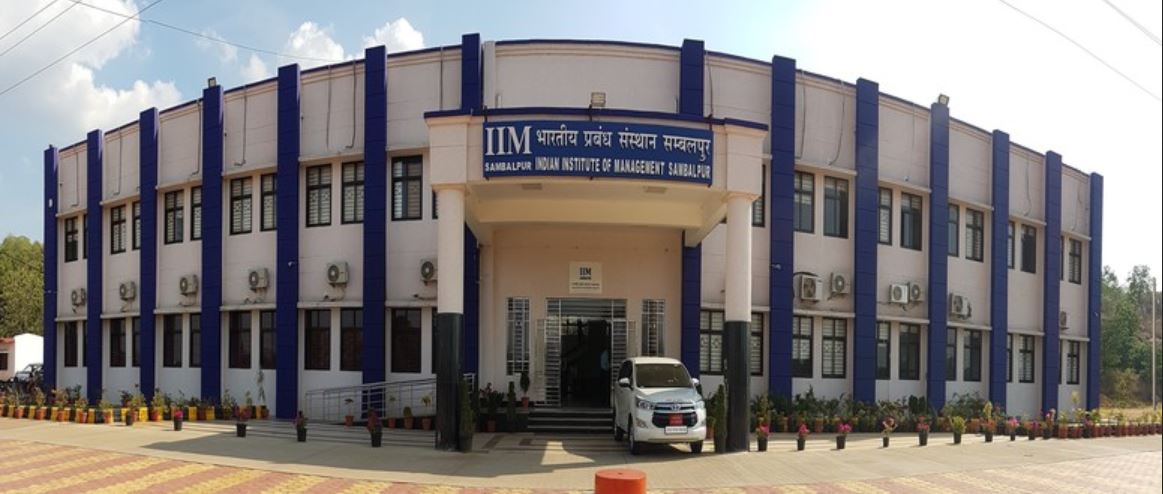Leprosy in India: The remarkable life of Dr Isaac Santra
 In 2005, the World Health Organisation (WHO) declared India leprosy-free. Yet, as per data provided by the National Leprosy Eradication Programme (NLEP) as many as 1.27 lakh new cases were detected in 2013-14 alone. Reports suggest that approximately a lakh new cases are added every year.
In 2005, the World Health Organisation (WHO) declared India leprosy-free. Yet, as per data provided by the National Leprosy Eradication Programme (NLEP) as many as 1.27 lakh new cases were detected in 2013-14 alone. Reports suggest that approximately a lakh new cases are added every year.
On the occasion of World Leprosy Day (January 25, 2015), HT recalls the contributions of Dr Isaac Santra from Odisha, a man who worked tirelessly in the wake of seemingly insurmountable odds.
Hailing from Sambalpur town in western Odisha, Dr Santra was born to a pastor couple of humble means, on November 3, 1892. Outstanding in studies and precocious by temperament, his parents wanted him to join the mission after he passed out of school and become a pastor like his father.
But Isaac was cast in a different mould: He wanted to study medicine and argued with his parents that he would serve God just as well if he became a doctor and served humanity.
Speaking about Dr Santra, his Australia-based granddaughter Rajkumari Santra says, “After finishing schooling in Sambalpur in 1912, my grandfather thought he could best serve his community through medicine. Therefore, instead of becoming a missionary as his father desired for him, he went on to become a doctor in Cuttack.”
In due course, he went on to study and passed out from the Cuttack Medical School, the only medical school in Odisha and Bihar which were then a part of Bengal Presidency, in 1917.
In what was to be a life-changing experience for Santra, he, in his studentship would witness the case of a woman pleading fervently with the doctor at the Cuttack Medical School to treat her leprosy-affected husband. She was willing to forgo half of her husband’s salary, but the doctor would hear none of it.
This incident, among many others, had a stirring impact on the young man. Henceforth, he would dedicate his life to fight against the disease and the prejudice associated.

Isaac was remarkable in the sense that fought at several levels. Taking recourse to modern science and ancient knowledge, he would deal with the disease. Much before Dapsone (1940s) came about, he, possibly, treated his patients with chaulmoogra (pronounced kaalamogaraa in Hindi) oil, a treatment technique first mentioned in Sanskrit text Sushruta Samhita.
Recalls Professor Deepak Kumar Behera of Sambalpur who family lived in the same neighbourhood as Dr Santra, “My grandfather, Late Ezekias Mohapatra, used to tell me about his innovative method of treating leper patients by using an indigenously-prepared oil locally named a Charmara.”

At the social level, by throwing his weight behind the cause of leprosy, he helped significantly remove the stigma associated with.
Leprosy, as we now know, is not contagious. But less than a hundred years ago, ignorance and the associated stigma was so great that in households, sons would throw their fathers out and mothers would drive away daughters with the ‘accursed affliction’. Outcast by their own, begging was the only way ahead for them.
Once, on discovering that there was a leper in the neighbourhood, Dr Santra is said to have rushed to his place and brought him to his leprosy home, carrying on his shoulder! Witnessing this act, one of Odisha’s eminent poets, liberal and good friend of Isaac, Mayadhar Mansingh, dedicated a poem to him, calling it Krusa Bahana (pronounced krussau bauhaunau) loosely translating to ‘carrying the cross’ in English.
Apart from being a pioneer in leprosy cure, Isaac’s reputation grew as a humanist par excellence. Years later, recalling his days in Sambalpur, Ramchandra Mishra, another native of the town says, “While we were students at GM College in the mid 50s, Dr Santra visited our college and requested students to donate second-hand wearable clothes for inhabitants of Hathibari Health Home. Our teacher Mayadhar Mansingh would often address him as Father Damien.”

Soon after passing out of the medical school, Santra joined government service, serving as the head of the Leprosy Survey of India from 1927 to 1931. Between 1932 and 1947, he also served as a member of Leprosy Prevention Society of Great Britain. After a long and chequered public life, Isaac retired from service in 1947.
Speaking of his international repute, Dr Dr PK Behera, retired principal of VSS Medical College, Burla, says, “In the early 1990s, I was serving as an associate professor at SCB Medical College, Cuttack, Odisha. At that time a team of doctors from Australia visited the institution. To my great amazement, I found them talking about Dr Santra and his tremendous contribution in the field of leprosy in Australia.”
Post retirement, he went back to his beloved Sambalpur and with some help from the Government of Odisha, set up ‘Kushthashrama’ at a place called Hathibari in 1951, about 27 kms from Sambalpur. Frequented by elephants and tigers, this place would soon become the refuge for the socially discarded where a leper would be treated and then integrated back into the society. In time, Dr Santra re-named it as Hathibari Health Home, which was later on taken over by the government.

A freak accident at his home in Sambalpur in 1967 led to a steady decline in his health. He breathed his last on August 29, 1968 surrounded by family and friends.
“Many years later when his children, grandchildren and great grandchildren visited Hatibari in 1992, we were astounded by what we saw — a thriving settlement with communal kitchen, brickworks, rice and vegetable farms, three lakes teeming with fish, chickens, cattle, goats (protein was seen as essential to patient recovery) sugarcane, a simple rice processing plant, and many other enterprises.” says Rajkumari Santra.
“We saw Hatibari Health Home benefit from grants from the Hindu Kusht Nibaran Sangh, Orissa and from the W & CD department of the Government of Orissa. But most important of all, we saw the very proud and happy residents of Hatibari who admired and revered their founder, and in whose name they continue to carry out his humanitarian vision.”
Many dignitaries visited Sambalpur to witness his exceptional work, the greatest of them being the Mahatma himself! In appreciation of his work, the British Government decorated him with the title of Rai Saheb in 1938 and later Government of India conferred him with the Padmashree in 1957.
Source: www.hindustantimes.com
Related
This site uses Akismet to reduce spam. Learn how your comment data is processed.






 IIM Sambalpur
IIM Sambalpur
Leave a Reply